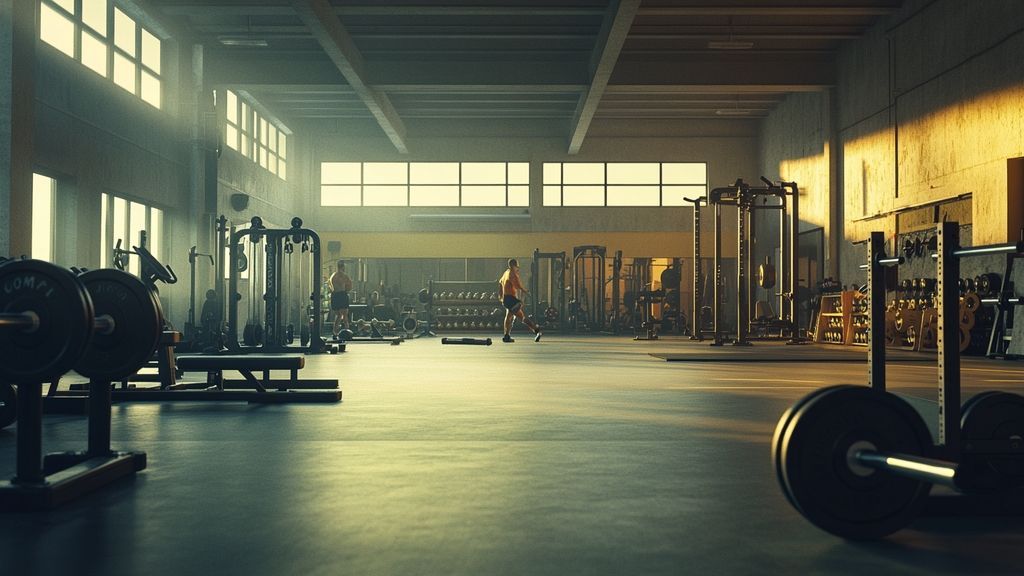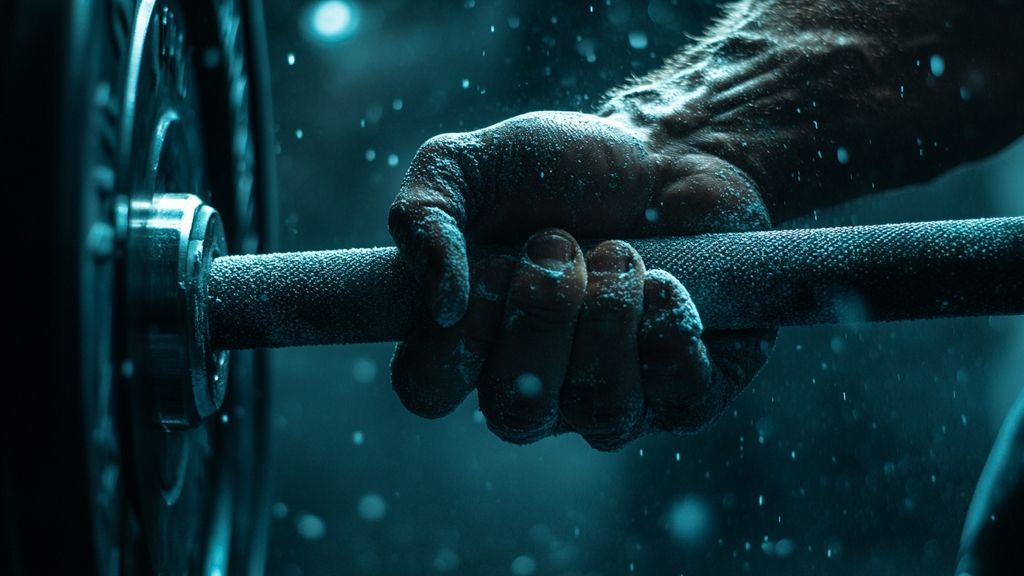CrossFit has revolutionized the fitness landscape by integrating various training modalities, with Olympic lifting standing out for its effectiveness in building strength and improving athletic performance. The dynamic nature of these lifts reflects the core philosophy of CrossFit—constantly varied, high-intensity workouts designed to push the body to its limits. Newcomers and seasoned athletes alike can benefit exponentially from the explosive power, technical precision, and functional application these lifts offer. This article unpacks the importance of Olympic lifting within CrossFit and offers insights into how these techniques can enhance your own training regimen.
The Significance of Olympic Lifting in CrossFit
Strength, Power, and Endurance
The influence of Olympic weightlifting in CrossFit is immense, primarily due to its ability to develop explosive strength and power. The core lifts, namely the clean and jerk and the snatch, engage multiple muscle groups simultaneously. This multifaceted engagement enhances overall athleticism, which is essential in CrossFit workouts that are often high-intensity and varied. The foundations of these lifts focus on generating maximum force in minimal time, which translates directly to improved performance in WODs (Workouts of the Day). As athletes lift weight from the ground to overhead, they also enhance their coordination and body awareness, both critical for success in CrossFit.
Technical Precision
At the heart of Olympic lifting lies the necessity for technical precision. Each movement must be executed with impeccable form to maximize efficiency and safety. Learning proper posture, grip, and movement patterns not only benefits lifters during Olympic lifts but also translates to improved technique across other CrossFit movements such as squats, deadlifts, and even gymnastic skills. Focus on mastering the mechanics of the clean and jerk can elevate performance across the board, allowing athletes to navigate through various CrossFit components more seamlessly.
Functional Application in Real Life
CrossFit champions functional movements that mimic the physical challenges of real-life activities. The clean and jerk and the snatch demonstrate remarkable functional applications, strengthening the body’s ability to lift, carry, and move objects effectively. Such training enhances day-to-day activities—from lifting heavy grocery bags to performing physical tasks at work—making individuals feel stronger and more capable in their daily lives. The beauty of Olympic weightlifting lies in its capacity to prepare athletes not just for workouts but for life itself.
A Beginner’s Journey to Olympic Lifting

Starting with the Basics
For newcomers, delving into the world of Olympic lifting can feel intimidating. Begin with foundational movements, focusing on developing a solid grasp of posture and mechanics. The program is designed to introduce athletes to lighter weights—such as using a PVC pipe or training bar—before progressing to heavier loads. This gradual approach fosters both safety and confidence, allowing athletes to master technique before increasing intensity. New athletes often find relief in understanding that CrossFit coaches are trained to guide them through this learning curve, ensuring they acquire the necessary skills for advancement.
Programming Olympic Lifting in Workouts
Programming Strategies
When integrating Olympic lifts into CrossFit programming, it’s crucial to structure sessions effectively. Focus on prioritizing strength and technique, with the main lifts—clean, jerk, and their variations—taking precedence at the beginning of the session. Following the main lifts, include supportive strength exercises, accessory lifts, and conditioning work, allowing athletes to build overall muscle balance. By addressing these areas, athletes can bolster their performance during Olympic lifting sessions and CrossFit workouts.
Maintaining Progress and Overcoming Challenges

Tracking Progress
Tracking progress is essential in any fitness journey, especially while learning complex Olympic lifting techniques. Keep an eye on both personal records (PRs) and improvements in form. Utilizing an RPE (Rating of Perceived Exertion) scale can help guide lifters in understanding their intensity and effort levels throughout each phase. Regularly testing new personal records can offer insight into one’s progress, motivating athletes to maintain their training consistency.
Overcoming Common Challenges
New athletes may encounter a myriad of challenges while mastering Olympic lifts. From mobility restrictions to fear of heavier weights, addressing these struggles is paramount. Strengthening the foundation with mobility drills and slower movement tempos can yield positive results. Coaches play a pivotal role in helping athletes overcome these anxieties by providing guidance and support throughout the learning process. Patience is key, as progress may take time and vary between individuals.
Conclusion: Embracing the Power of Olympic Lifting
Embracing Olympic lifting within the CrossFit framework can significantly enhance one’s overall fitness journey. The ability to gain strength, power, and functional application through these movements speaks to the broader essence of CrossFit training. Athletes are encouraged to take an open-minded approach, commit to continuous learning, and challenge themselves through each phase. As the community grows, so do the opportunities to empower one another while setting personal achievements and breaking new barriers in CrossFit training.
